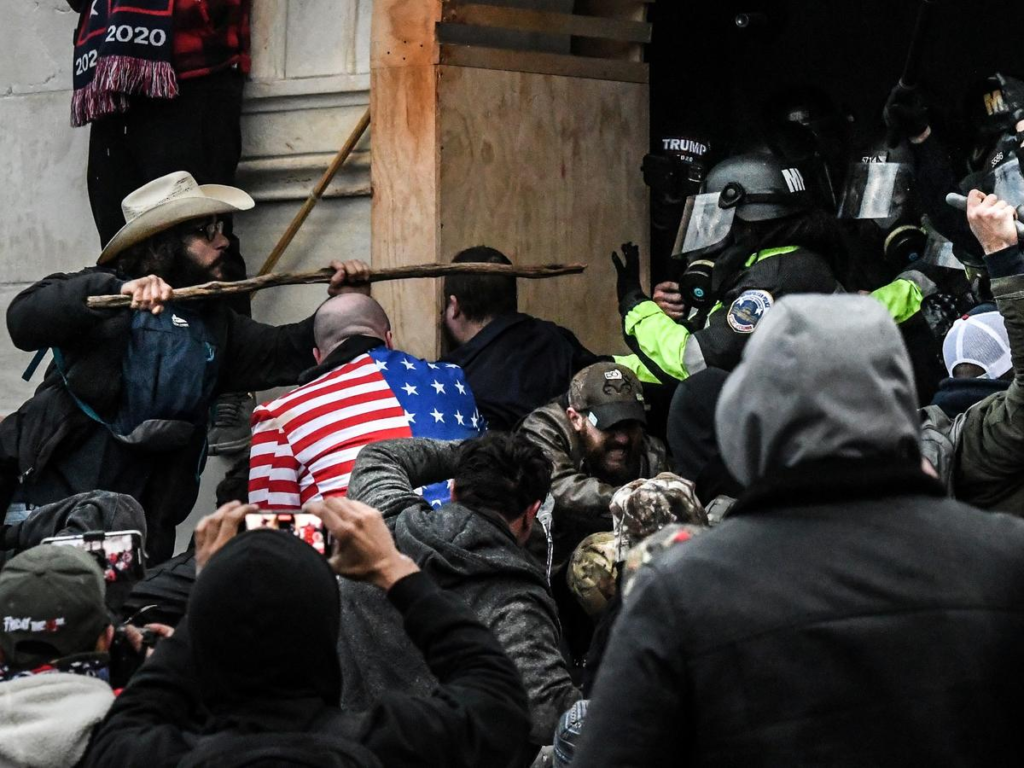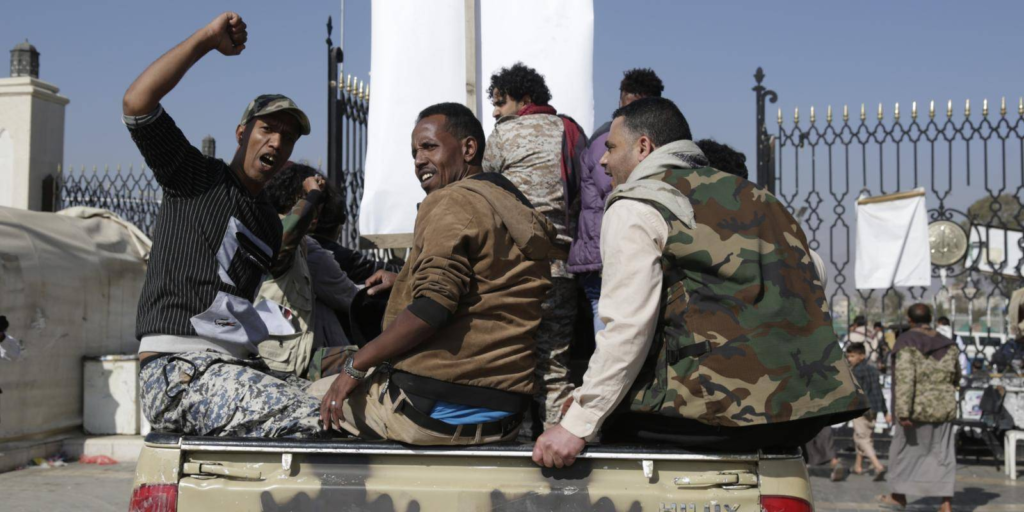Domestic terrorism designations play a powerful role in shaping how Americans understand threats within their own country. When groups or movements are labeled under this category, the decision is not just a matter of security or law enforcement. It also carries weight in media narratives, public opinion, and political debates. The way these designations are framed and discussed often influences polarization, trust in institutions, and broader conversations about democracy and rights.
Understanding Domestic Terrorism Designations
At its core, a domestic terrorism designation is a label applied to groups or individuals considered a threat to national security from within the country. Unlike foreign terrorist organizations, which are identified and sanctioned through clear federal laws, domestic terrorism does not have an official list maintained by the U.S. government. Instead, agencies such as the FBI and Department of Homeland Security use the term in reports, press briefings, and policy documents.
This ambiguity leaves room for interpretation and political framing. Depending on who is speaking and how the media reports it, a “domestic terrorist” can be described as anything from a violent extremist to a political dissenter. This fluidity in language makes designations not just legal tools but also rhetorical weapons.

The Role of Media in Framing
Media outlets have a significant influence on how domestic terrorism designations are perceived. The choice of words in headlines, the voices amplified in coverage, and the emphasis placed on certain events can all alter public understanding.
- When media adopt official language uncritically, they reinforce government narratives and give designations greater legitimacy.
- When media question or challenge the use of the term, they introduce doubt about motives and fairness, potentially weakening public trust in institutions.
For example, if a protest movement is described as a “domestic terrorist threat,” audiences may immediately associate it with violence, even if most members of the movement engage in peaceful activities. Conversely, if media outlets downplay violent actions of certain groups, the public may view designations as politically motivated rather than based on security concerns.
Political Polarization and Labeling
Domestic terrorism designations have become deeply tied to political polarization in the United States. Both major parties often accuse the other of selectively using the term to demonize opponents while overlooking threats from their own ideological side.
- Conservatives may argue that designations unfairly target right-leaning groups such as militias or nationalist organizations.
- Liberals may argue that left-leaning movements are disproportionately labeled as violent, especially in cases involving racial justice protests.
This tug-of-war not only deepens divisions but also weakens the shared national understanding of what constitutes a genuine security threat. Instead of uniting people against violence, domestic terrorism designations can sometimes fuel suspicion and resentment.
Historical Shifts in Framing
The framing of domestic terrorism has shifted dramatically over time.
- In the 1990s, the Oklahoma City bombing placed far-right extremism at the center of domestic security discussions.
- After 9/11, most attention shifted toward foreign terrorism, leaving domestic threats underemphasized.
- In the 2010s and 2020s, movements ranging from white supremacists to anti-fascist activists have been framed as potential domestic terrorists, depending on political and media perspectives.
Each shift reflects not only the events themselves but also the political climate and cultural anxieties of the era. The Lisa Cook debate, Antifa controversies, and recent discussions about militias are all part of this evolving narrative.
Public Perception and Trust in Institutions
How the public perceives domestic terrorism designations has a direct impact on trust in institutions. If Americans believe designations are applied fairly and consistently, they may view law enforcement and government as legitimate protectors of security. If they see them as biased or politically motivated, trust erodes.
This perception can influence behavior:
- Citizens may become more supportive of strong policing if they believe threats are real and well-defined.
- On the other hand, they may become more suspicious of government surveillance if they think political dissent is being mislabeled as terrorism.
In this way, language does not just describe reality—it shapes how people respond to it.
Consequences for Civil Liberties
One of the most serious concerns about domestic terrorism designations is their potential effect on civil liberties. Broad or vague use of the label can justify expanded surveillance, stricter law enforcement tactics, and limitations on free speech.
For example, activists and journalists may worry about being monitored if they are linked, even loosely, to groups that have been described as domestic terrorist threats. Communities may feel stigmatized if members are unfairly associated with violence. This creates a chilling effect, discouraging legitimate political activity.
The Importance of Clear Standards
Experts argue that the United States needs clearer standards for when and how domestic terrorism designations are applied. Without a transparent process, the language remains open to manipulation. A well-defined framework could help ensure that designations target actual threats rather than becoming tools of political messaging.
Such standards would also help media outlets report more responsibly. If journalists had access to clear definitions and criteria, coverage could be more balanced and less prone to partisan interpretation.

The Media’s Responsibility
Journalists and editors face an important responsibility in this debate. The words they choose carry weight, and their framing can either escalate polarization or promote understanding. Best practices might include:
- Providing context about why certain groups are being described as domestic terrorists.
- Avoiding sensationalist headlines that exaggerate threats.
- Including diverse perspectives to prevent one-sided narratives.
- Explaining the limits of government authority in applying the label.
By taking these steps, media can help the public engage critically with the issue rather than absorbing labels uncritically.
Moving Forward: Balancing Security and Democracy
The challenge of domestic terrorism designations lies in balancing national security with democratic principles. The country needs tools to address real threats of violence, but it also must guard against using those tools to suppress dissent or deepen political divides.
The Lisa Cook debates, Antifa controversies, and shifting narratives about militias all show how fragile this balance can be. With every new designation, the country risks either underreacting to genuine dangers or overreacting in ways that damage civil liberties.
Conclusion
Domestic terrorism designations are more than just labels. They are powerful tools that shape media coverage, influence public perception, and drive political polarization. The way these designations are framed can unite Americans against violence or divide them further along partisan lines.
As debates continue, the focus must remain on fairness, clarity, and transparency. Without these, the line between protecting the nation and politicizing dissent may blur. The stakes are high—not only for national security but also for the health of American democracy.
Do Follow USA Glory On Instagram
Read Next – $100,000 H-1B Fee: Trump’s New Visa Policy Sparks Debate






